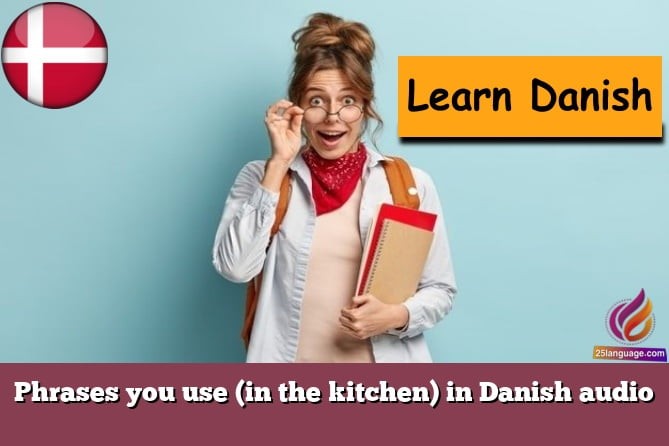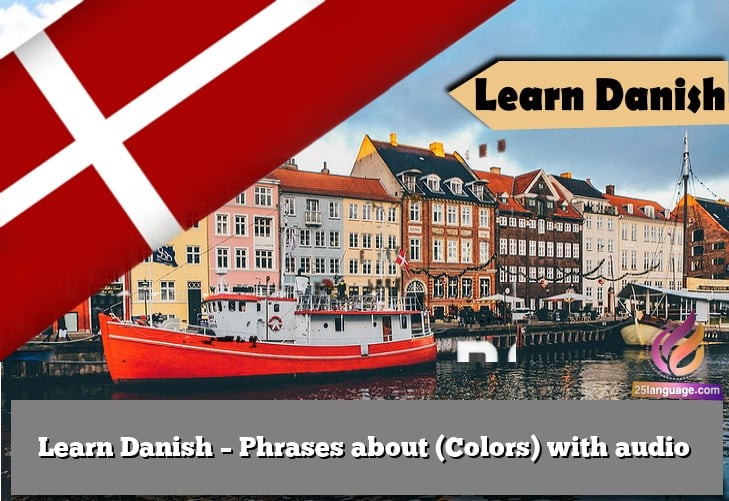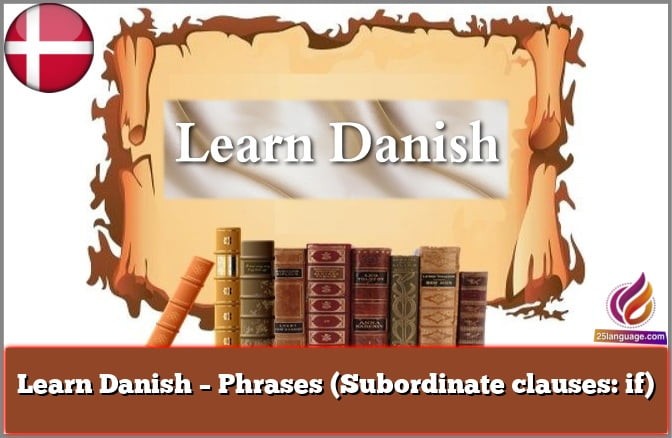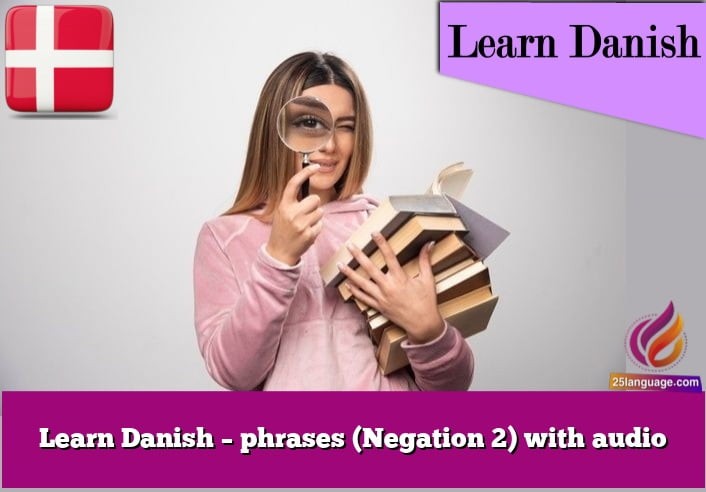Conjunctions phrases in Danish 3
phrases (Conjunctions 3) with audio

I can certainly help you with an introduction to conjunction phrases in Danish
In Danish, conjunction phrases are used to connect words, phrases, and clauses together. They are important in creating coherent and cohesive sentences. Here are some common conjunction phrases in Danish:
- “Og” – meaning “and” in English, is the most commonly used conjunction phrase in Danish. It is used to connect two or more items together, such as two nouns, two verbs, or two phrases.
Example: Jeg spiser æbler og pærer. (I am eating apples and pears.)
- “Men” – meaning “but” in English, is used to connect two clauses or phrases that express opposite ideas or thoughts.
Example: Jeg vil gerne gå i biografen, men jeg har ikke tid. (I would like to go to the cinema, but I don’t have time.)
- “Eller” – meaning “or” in English, is used to present a choice between two or more options.
Example: Vil du have kaffe eller te? (Do you want coffee or tea?)
- “Fordi” – meaning “because” in English, is used to introduce a reason or cause.
Example: Jeg spiser salat, fordi det er sundt. (I am eating salad because it is healthy.)
- “Selvom” – meaning “even though” or “although” in English, is used to introduce a subordinate clause that expresses a contradictory idea.
Example: Selvom det regner, går jeg en tur. (Although it is raining, I am going for a walk.)
These are just a few examples of common conjunction phrases in Danish. There are many more that you can learn and use to improve your Danish language skills.





















